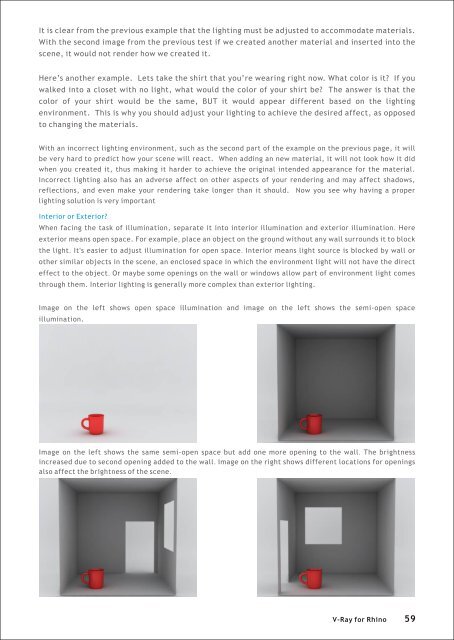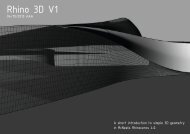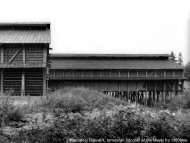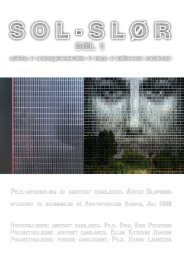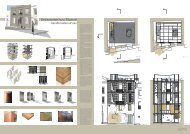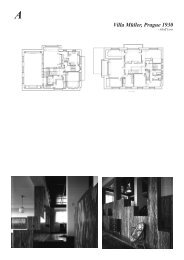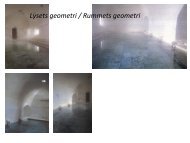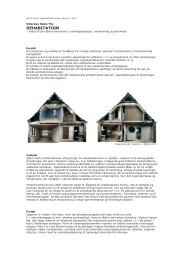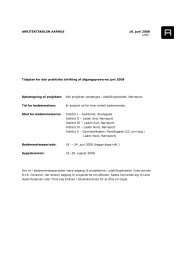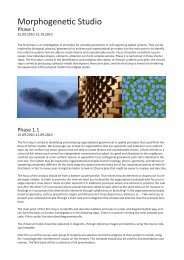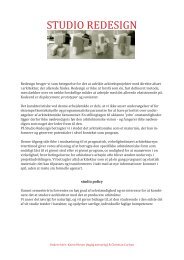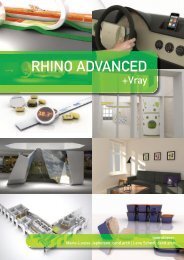You also want an ePaper? Increase the reach of your titles
YUMPU automatically turns print PDFs into web optimized ePapers that Google loves.
It is clear from the previous example that the lighting must be adjusted to accommodate materials.<br />
With the second image from the previous test if we created another material and inserted into the<br />
scene, it would not render how we created it.<br />
Here’s another example. Lets take the shirt that you’re wearing right now. What color is it? If you<br />
walked into a closet with no light, what would the color of your shirt be? The answer is that the<br />
color of your shirt would be the same, BUT it would appear different based on the lighting<br />
environment. This is why you should adjust your lighting to achieve the desired affect, as opposed<br />
to changing the materials.<br />
With an incorrect lighting environment, such as the second part of the example on the previous page, it will<br />
be very hard to predict how your scene will react. When adding an new material, it will not look how it did<br />
when you created it, thus making it harder to achieve the original intended appearance <strong>for</strong> the material.<br />
Incorrect lighting also has an adverse affect on other aspects of your rendering and may affect shadows,<br />
reflections, and even make your rendering take longer than it should. Now you see why having a proper<br />
lighting solution is very important<br />
Interior or Exterior?<br />
When facing the task of illumination, separate it into interior illumination and exterior illumination. Here<br />
exterior means open space. For example, place an object on the ground without any wall surrounds it to block<br />
the light. It's easier to adjust illumination <strong>for</strong> open space. Interior means light source is blocked by wall or<br />
other similar objects in the scene, an enclosed space in which the environment light will not have the direct<br />
effect to the object. Or maybe some openings on the wall or windows allow part of environment light comes<br />
through them. Interior lighting is generally more complex than exterior lighting.<br />
Image on the left shows open space illumination and image on the left shows the semi-open space<br />
illumination.<br />
Image on the left shows the same semi-open space but add one more opening to the wall. The brightness<br />
increased due to second opening added to the wall. Image on the right shows different locations <strong>for</strong> openings<br />
also affect the brightness of the scene.<br />
V-<strong>Ray</strong> <strong>for</strong> <strong>Rhino</strong> 59


